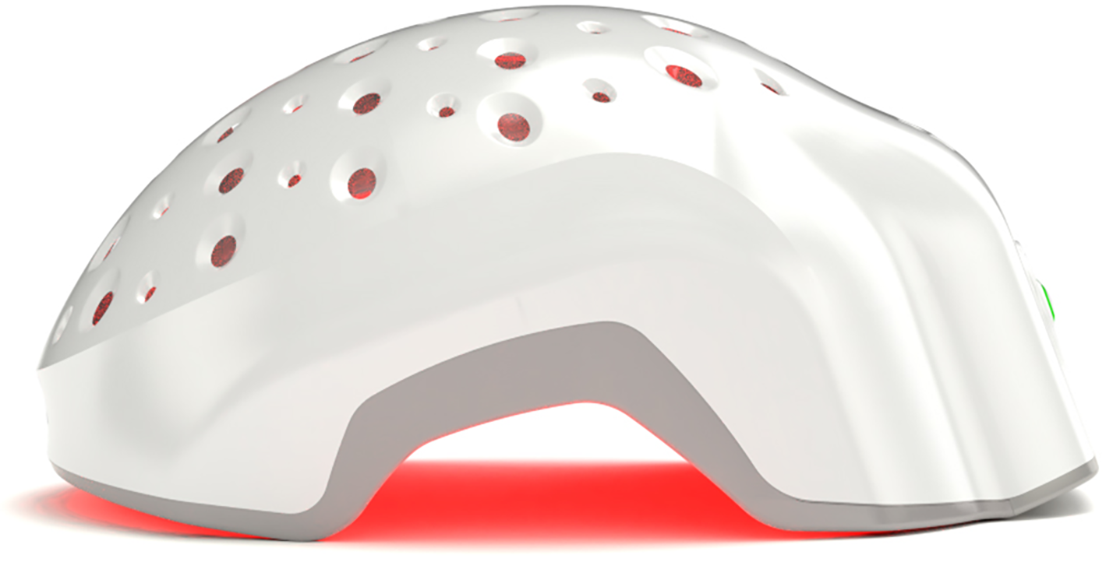Hair is precious to us and a significant part of our identity and appearance. It is quite distressing for both men and women to experience their precious locks thinning out.
Diffuse hair loss is a form of hair loss in which you start experiencing hair falling out from all areas of your scalp. It causes your hair to thin out. This condition is also known as telogen effluvium.
In this comprehensive article, we are going to talk about diffuse hair loss. Also explore its causes, symptoms, diagnosis, treatment options, prevention, and how this condition can affect your life.
What is Diffuse Hair Loss?
Diffuse hair loss is characterized by widespread and often sudden hair shedding. Other forms of hair loss can be localized to specific areas, whereas diffuse hair loss affects the entire scalp. The hair loss can be a temporary or chronic condition that can result from a variety of factors.
Diffuse hair loss is also a common problem affecting millions of people all over the world. It is essential to understand the various factors that contribute to this condition, as it can help you take proactive steps to manage and prevent it.
Who Is More Prone to Diffuse Hair Loss?
Both men and women can experience diffuse hair loss. However, women are more likely to suffer from this type of hair thinning. Diffuse hair loss in women often starts with widening the part line. The hairline stays the same, but the hair becomes less dense over the scalp.
Diffuse hair loss can happen at any age but is most common in women after menopause. Other risk factors include genetics, hormonal changes, medical conditions like thyroid disorders, and high-stress levels. Nutritional deficiencies and harsh hair treatments may also trigger diffuse hair thinning in some individuals.
Causes of Diffuse Hair Loss
Diffuse hair loss can result from genetic, hormonal, nutritional, and emotional factors. Let’s explore each of these causes in detail:
1. Genetics and Hereditary Factors
Many cases of diffuse hair loss or thinning are genetically predisposed. If there is a history of hair loss in your family, then you are more susceptible to this condition. Although you can't change your genetic makeup, understanding your family history can help you anticipate potential hair loss and take measures to prevent it.
2. Hormonal Imbalances
Hormonal fluctuations can also play a significant role in hair loss. Events such as pregnancy, childbirth, menopause, or thyroid disorders can lead to hormonal imbalances that disrupt the normal hair growth cycle. This disruption can result in telogen effluvium, a common form of diffuse hair loss.
Here take a deep look at thyroid induced hair loss.
3. Nutritional Deficiencies
A poor diet lacking essential nutrients, such as iron, biotin, and other vitamins, can lead to diffuse thinning hair. Nutrients are the building blocks of healthy hair, and when your body lacks these essentials, your hair can suffer.
4. Stress and Emotional Factors
Stress, anxiety, and trauma can have a profound impact on your overall health, including your hair. Experiencing high-stress levels or emotional distress can disrupt the hair growth cycle and lead to excessive hair shedding. Understanding and managing stress is crucial in preventing and managing diffuse hair loss.
Symptoms of Diffuse Hair Loss

Recognizing the symptoms of diffuse hair loss is essential in seeking timely intervention. Some common signs include:
Thinning Hair: One of the primary signs of diffuse hair loss is a gradual reduction in hair thickness and density. Your hair may appear less full and voluminous.
Increased Hair Shedding: Increased hair shedding is a common sign of diffuse alopecia areata. You may notice more hairs falling out during activities like brushing, showering, or simply running your fingers through your hair.
Wider Parting of Hair: Another noticeable diffuse hair loss symptom is that your hair parting starts looking wider than normal. As hair begins to thin, you may observe a broader parting, with more of your scalp becoming visible.
Changes in Hair Texture: With diffuse hair loss, you may also notice a change in your hair's overall texture and feel. The texture of your hair may change, becoming finer and more brittle. You may also notice a decrease in hair shine and resilience.
Diagnosing Diffuse Hair loss
If you notice that you are experiencing diffuse hair loss, then it is crucial to consult a healthcare professional or dermatologist for an accurate diagnosis. Here are the steps that are involved in the diagnostic process:
Medical Evaluation
A healthcare provider will conduct a thorough medical evaluation, including a review of your medical history and any underlying health conditions that may contribute to hair loss.
Blood Tests
You may be asked for blood tests to check any underlying medical conditions, such as thyroid disorders or nutritional deficiencies, which can trigger diffuse hair loss.
Scalp Examination
A dermatologist may perform a comprehensive scalp examination to assess the health of your hair follicles and the condition of your scalp. This examination helps rule out other potential causes of hair loss.
Biopsy (If necessary)
Sometimes, a scalp biopsy may be recommended to determine the specific cause of hair loss. This procedure involves taking a small tissue sample from the scalp for further analysis.
Treatment Options for Diffuse Alopecia Areata
Treatment for diffuse alopecia areata involves a multi-faceted approach tailored to the underlying cause and the individual’s situation. Let’s explore the various treatment options available:
Lifestyle Changes and Stress Management
Reducing stress and adopting a healthy lifestyle can benefit many individuals experiencing diffuse hair loss. Stress management techniques, such as mindfulness, meditation, and relaxation exercises, can help restore balance to the body and promote hair regrowth.
Dietary Improvements
Ensuring a balanced diet rich in essential nutrients is crucial for hair health. Incorporating foods that contain vitamins, minerals, and proteins that support hair growth can be a proactive step in preventing diffuse hair loss.
Topical Treatments
Over-the-counter solutions like minoxidil, available as topical foams or solutions, can effectively promote hair regrowth for some individuals. These treatments work by stimulating hair follicles to produce new hair.
Medications
Prescription medicines, such as finasteride for men, can be recommended by healthcare professionals to address diffuse hair loss. These medications target hormonal imbalances and, in some cases, slow down or reverse hair loss.
Hair Transplant and Restoration
Hair transplant and restoration procedures may be considered for individuals with severe and persistent diffuse hair loss. These surgical options involve extracting and transplanting healthy hair follicles to areas with thinning or no hair.
Laser Hair Growth Therapy
Low light laser therapy (LLLT) treatment using a laser hair growth helmet is one treatment options for diffuse hair loss. LLLT offers a non-invasive and relatively low risk approach to address hair loss. The red light emitted by LLLT devices stimulates hair growth by increasing blood flow to the scalp.

Theradome is a laser therapy device designed to treat hair loss, particularly androgenetic alopecia or male/female pattern hair loss. Theradome helmet uses LLLT technology to stimulate hair follicles. The device emits red light at a specific wavelength and energy level to the scalp, which helps promote hair growth and improve hair thickness.
Theradome is safe, non-invasive and FDA-approved for the treatment of androgenetic alopecia in both women and women. Many users have shared positive feedback using the device and noticed hair growth.
Ready to take control of your hair loss? Try Theradome, the FDA-cleared laser therapy solution. Regrow your confidence and reclaim your hair. Start your journey to healthier hair today!






















